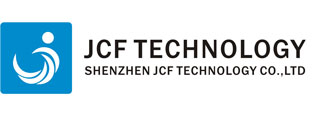
 Tel: +86755-27523807 +8613715205860(wechat/whatsapp)
Tel: +86755-27523807 +8613715205860(wechat/whatsapp) Email: jcf@jcftechnology.com
Email: jcf@jcftechnology.com

 Tel: +86755-27523807 +8613715205860(wechat/whatsapp)
Tel: +86755-27523807 +8613715205860(wechat/whatsapp) Email: jcf@jcftechnology.com
Email: jcf@jcftechnology.com
Membrane switch panel are extensively used in electronic devices for user interface controls, providing a tactile and responsive interface for users to interact with electronic systems. Here's how membrane switch keypad are utilized in electronic devices:
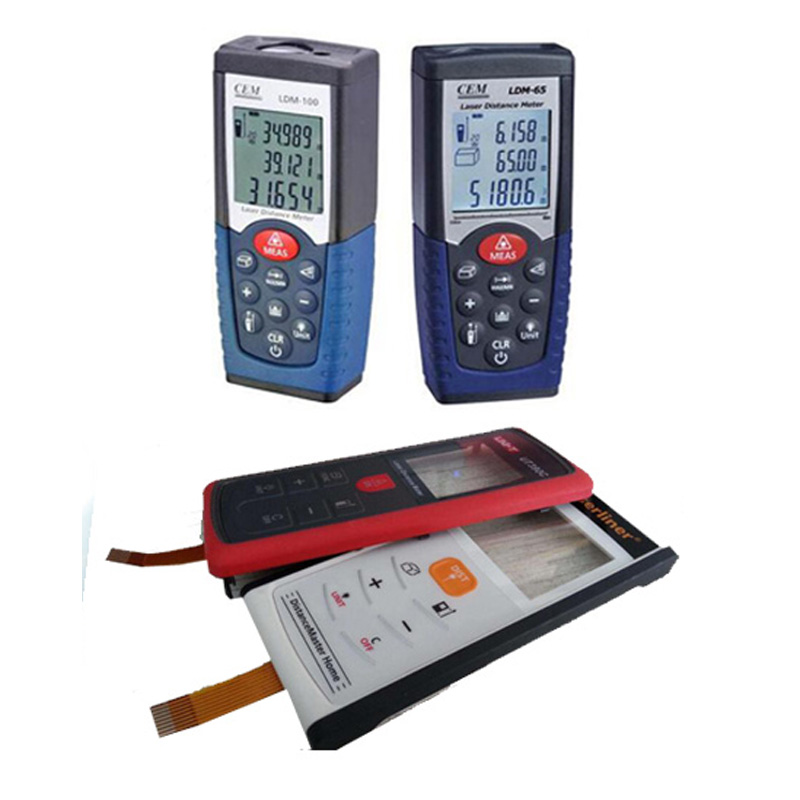
Keypads and Buttons: Membrane keyboard switch are commonly used to create keypads and buttons for inputting data, navigating menus, and controlling functions in electronic devices such as mobile phones, remote controls, calculators, and appliances. They provide tactile feedback and actuation force to enhance user experience.
Touchscreens: Membrane switch panel can be integrated with touch-sensitive overlays to create touchscreen interfaces for smartphones, tablets, POS terminals, and other electronic devices. Touchscreens allow users to interact with the device by tapping, swiping, and pinching gestures, providing intuitive and responsive control.
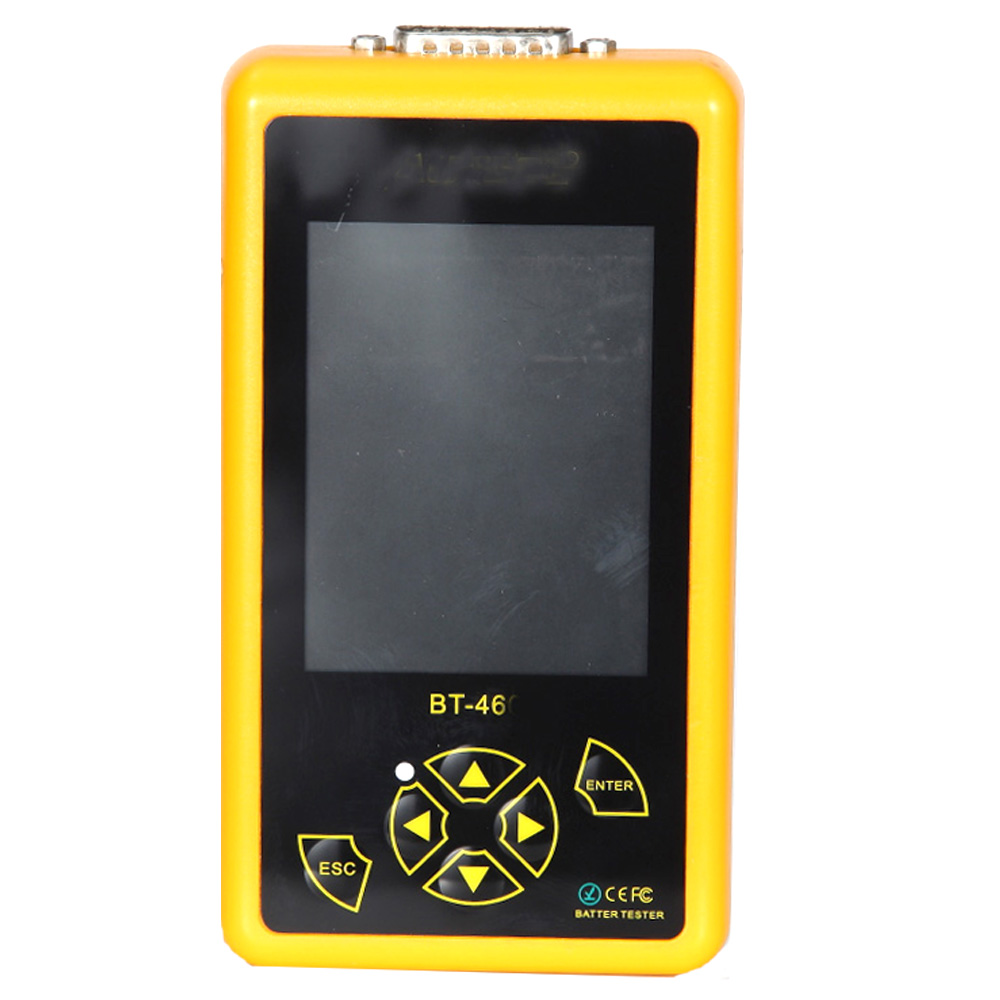
Function Panels: In electronic devices with complex functionalities, membrane switches are used to create function panels for selecting modes, adjusting settings, and activating features. These function panels may include membrane keypads, buttons, sliders, and rotary encoders arranged in a logical layout for easy access.
Indicator Lights: Membrane switches can incorporate LEDs (Light Emitting Diodes) to provide visual feedback and indicator lights for signaling status, alerts, and notifications in electronic devices. LEDs can be integrated into membrane switches to indicate power on/off, battery level, connectivity status, and operational modes.
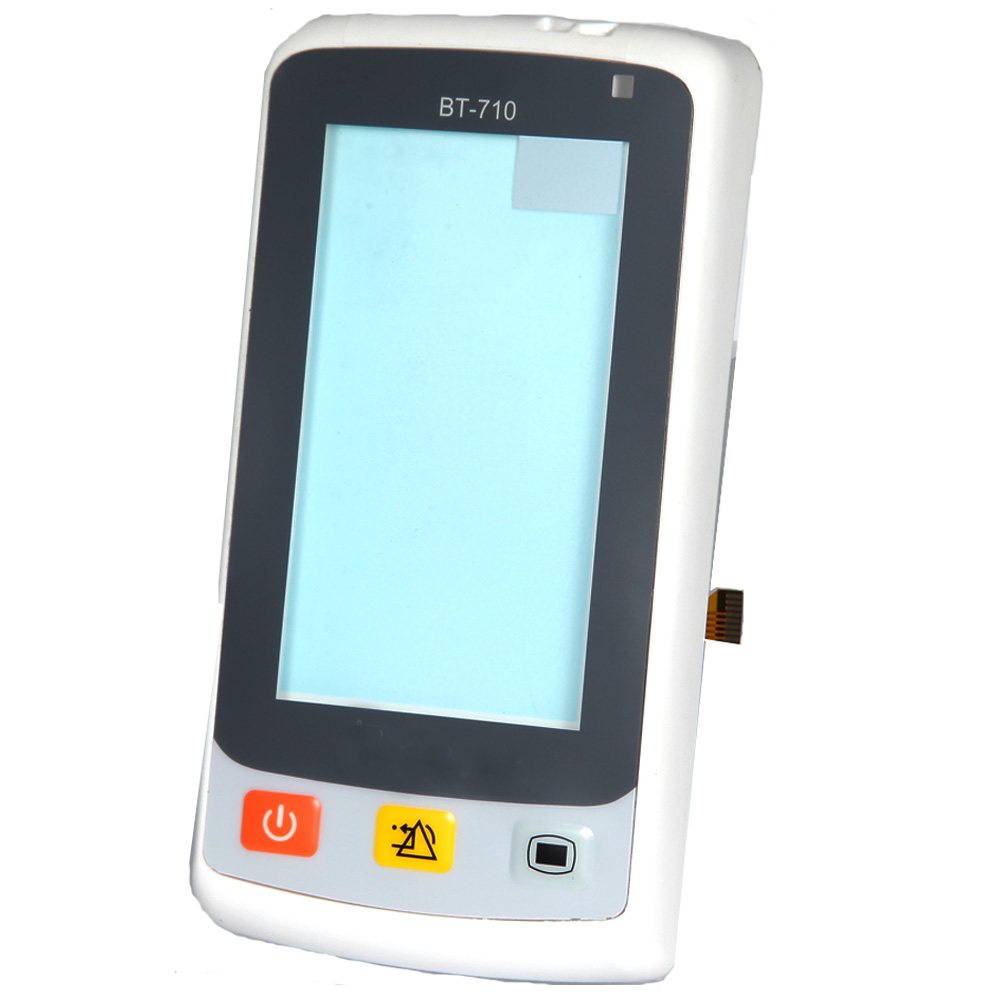
Remote Controls: Membrane switches are commonly used in remote controls for TVs, audio systems, home appliances, and other electronic devices. They provide buttons for channel selection, volume adjustment, playback control, and other functions, offering a convenient and ergonomic interface for users.
Instrumentation and Control Panels: In electronic instruments and membrane control panels used in industrial, automotive, and aerospace applications, membrane switches are employed for user interface controls, data input, and equipment operation. They provide tactile feedback, durability, and customization options to meet the specific requirements of the application.
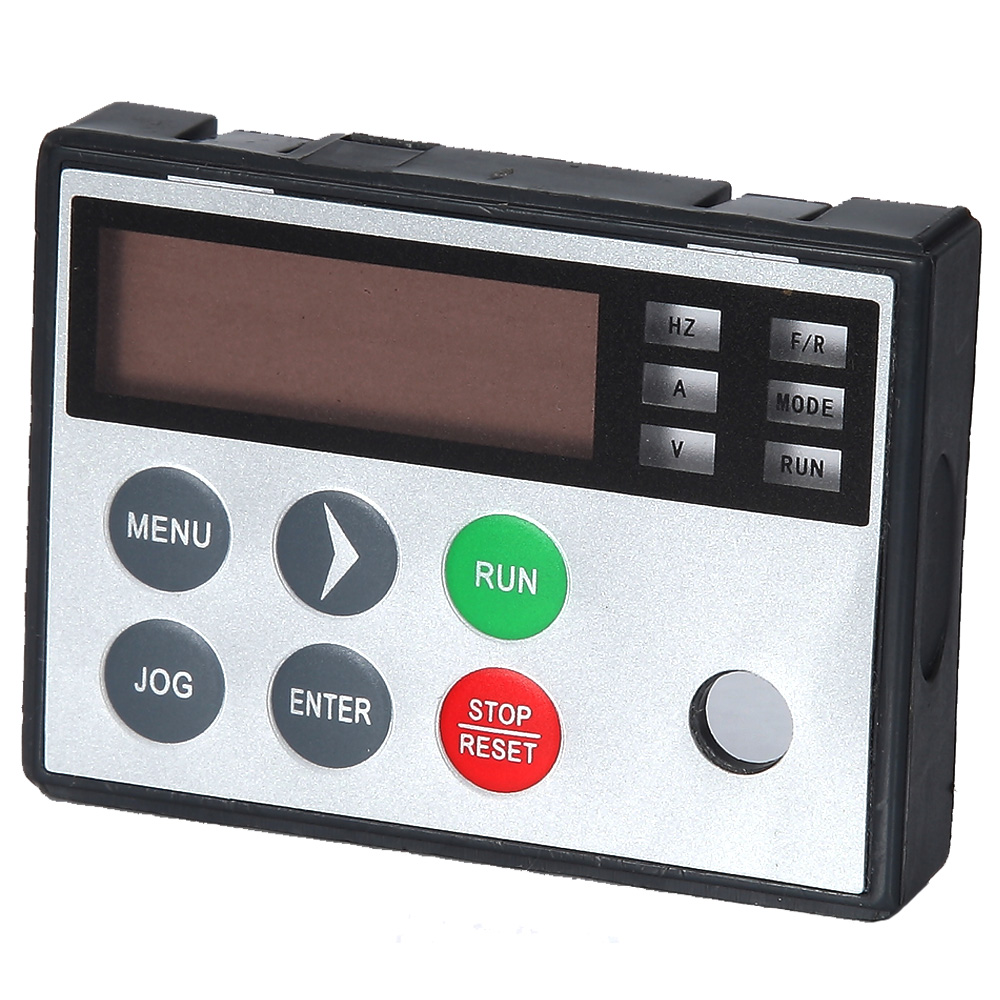
Wearable Devices: Membrane switches are integrated into wearable electronic devices such as smartwatches, fitness trackers, and healthcare monitors for user interface controls and data input. They offer compact, lightweight, and low-profile solutions for user interaction in wearable form factors.
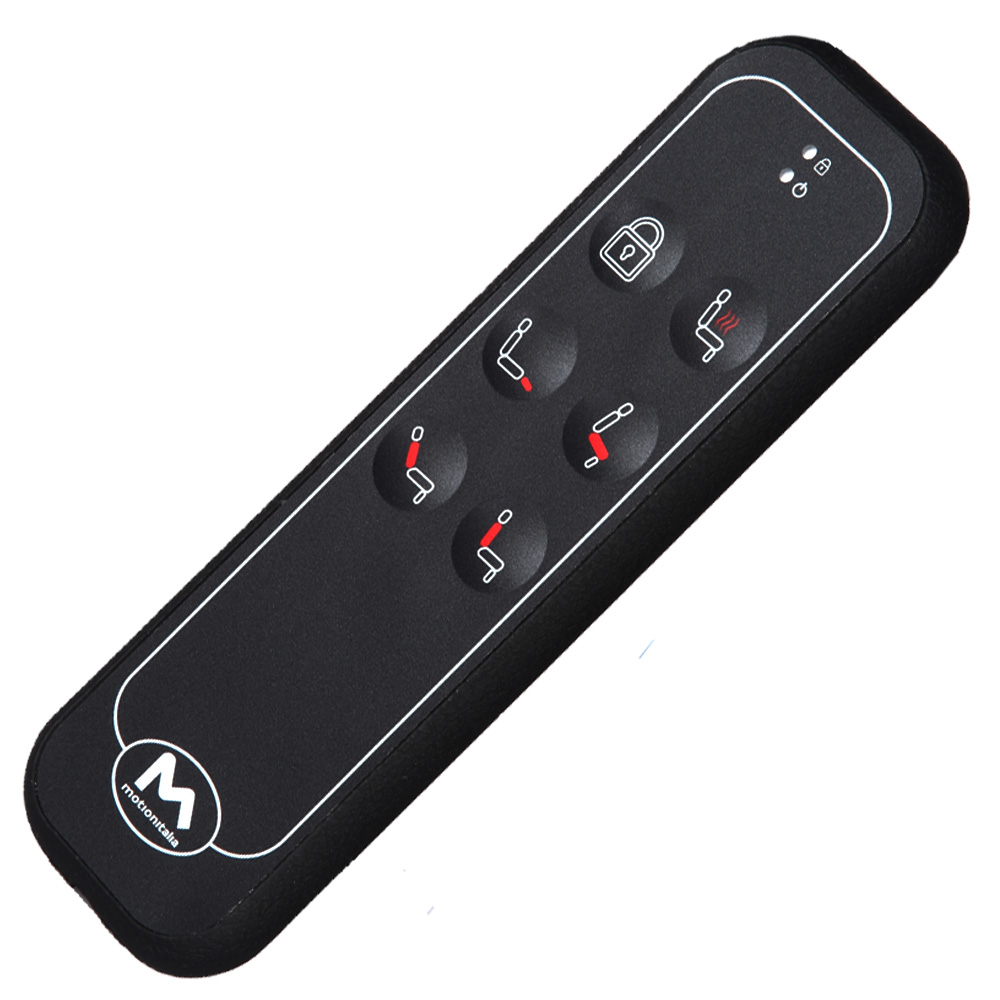
So, membrane switches play a crucial role in electronic devices by providing user-friendly, durable, and versatile interfaces for controlling functions, inputting data, and interacting with electronic systems. Their flexibility, customization options, and reliability make them an integral component of various electronic products across consumer, industrial, and commercial markets.
More information visit:www.jcftechnology.com